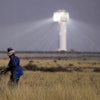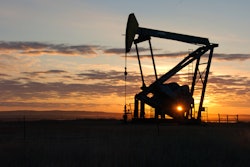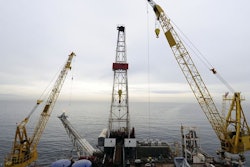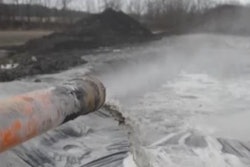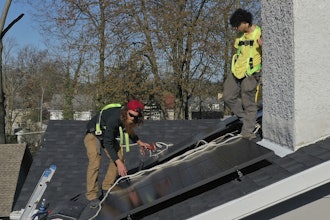A newly published report suggests that fracking in Pennsylvania contributed to a rise in radon levels in nearby buildings over the past decade.
Researchers from Johns Hopkins University's Bloomberg School of Public Health found that the odorless gas showed up in buildings at significantly higher levels in counties with fracking activity when compared to other counties in Pennsylvania.
The report said that distinction did not appear prior to 2004, which coincided with the start of natural gas drilling through hydraulic fracturing, and that overall radon levels in the Keystone State increased since that time. More than 40 percent of radon readings in Pennsylvania now exceed government safety standards.
Researchers said the fracking process — which uses a highly pressurized combination of sand, water and chemicals to drill into shale rock formations — can bring unwanted materials to the surface, including radium-226, which decays into radon. Radon is considered the second-leading cause of lung cancer worldwide, trailing only smoking.
Joan Casey, the study's first author, said the radon increases could stem from well water, the air near gas wells or from natural gas use, although she said tighter building seals could also contribute to the problem.
“By drilling 7,000 holes in the ground, the fracking industry may have changed the geology and created new pathways for radon to rise to the surface,” Casey said. “Now there are a lot of potential ways that fracking may be distributing and spreading radon.”
Pennsylvania sits atop the Marcellus shale formation and helped contribute to the dramatic rise in U.S. fracking activity — and energy production — in recent years. The study said 18 states currently have extensive natural gas fracking operations, while North Carolina recently became the 34th to allow fracking.
A variety of environmental and health concerns, however, sparked criticism of the practice and additional efforts to regulate it. New York, which also sits atop the Marcellus formation, banned fracking late last year.
The Johns Hopkins study, conducted with Geisinger Health System and published in Environmental Health Perspectives, analyzed more than 860,000 indoor radon measurements between 1989 and 2013 included in a state database.
Reports Links Pennsylvania Fracking To Rising Radon Levels
Researchers said the fracking process — which uses a highly pressurized combination of sand, water and chemicals to drill into shale rock formations — can bring unwanted materials to the surface, including radium-226, which decays into radon.
Apr 13, 2015
Latest in Energy



